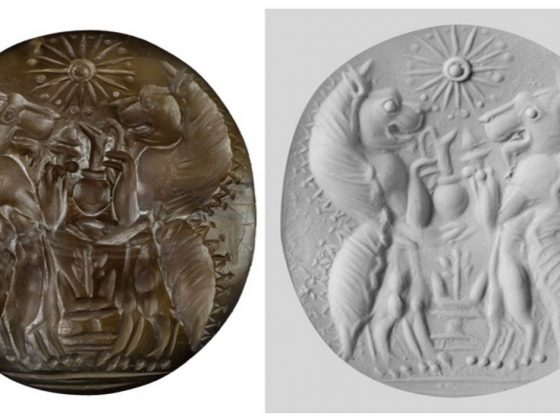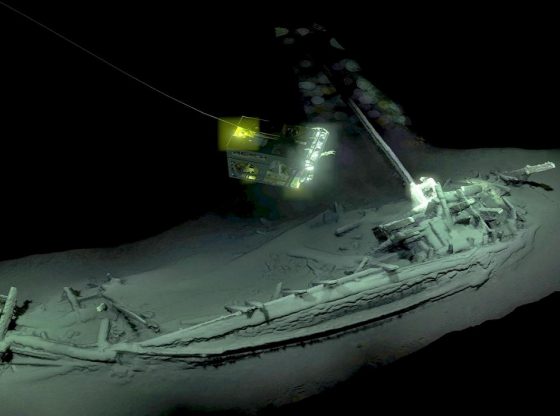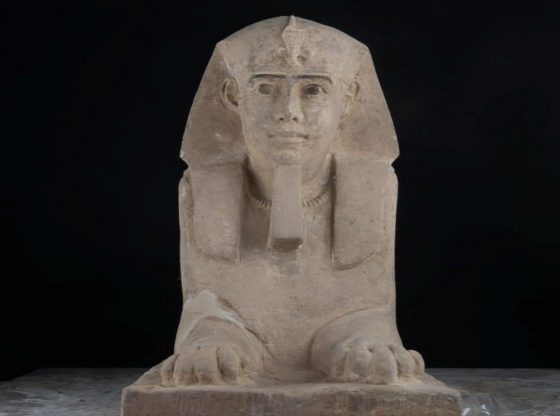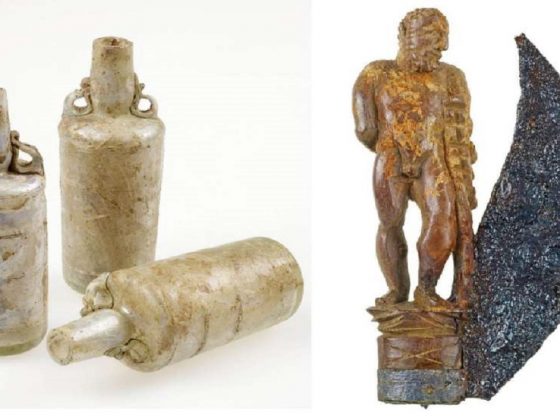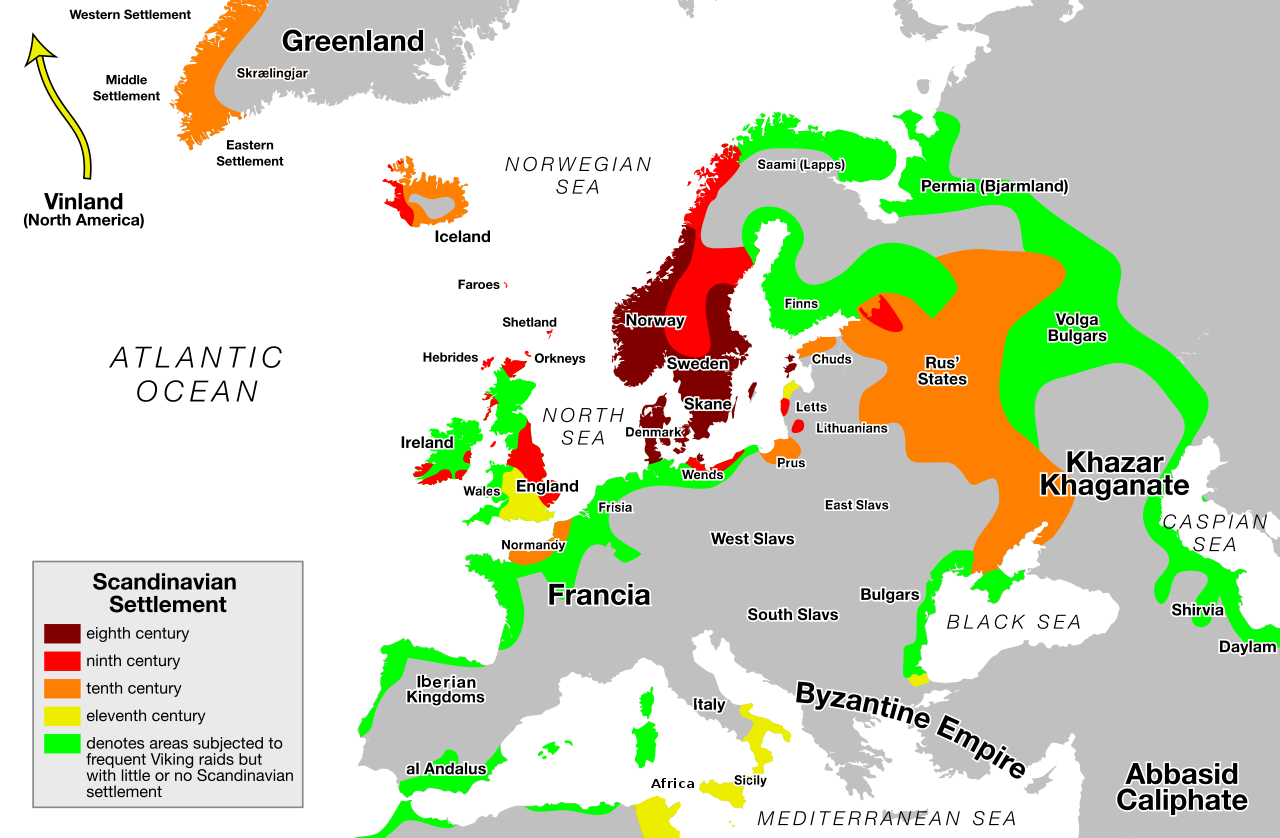
Finding the parvovirus B19 in archaeological skeletal findings can both provide new knowledge about future diseases and also, what contacts the Vikings had with the world beyond.
A virus found in the remains of Vikings can provide new knowledge about which diseases we are likely to suffer from in the future. It can also teach us how ancient peoples migrated.
Lead researcher Terry Jones, at the University in Cambridge, together with other researchers, has isolated virus DNA from human archaeological skeletal findings from, among others, Greenland, Russia, England and Sweden.
The virus they looked at is found in the bone marrow and is called human parvovirus B19. The name is derived from Latin, parvum meaning small, reflecting the fact that B19 ranks among the smallest DNA viruses.
Since this virus has been around for several thousands of years, it may be possible to track this particular mutation of the virus around the world and thereby assess how ancient peoples traveled.
If, for example, similar variants of the virus are found in Sweden and North Africa, one can wonder if the virus has mutated at two independent occasions in the exact same way, or if it was spread over the continents through human contact.
The older variants of the virus that the scientists have now found could be used to recreate just those variants inside the lab and see if they are dangerous, and if they occur again, it could be a way to prepare and prevent disease.
Access to viral sequences isolated from individuals living thousands of years ago greatly improves our understanding of the timescales of virus evolution, spatiotemporal distribution, and their substitution rates, and can uncover genetic diversity that is now extinct.
Future research may just show how ancient Vikings traveled across Europe, and beyond. The study has been published in the journal ‘Proceedings of the National Academy of Sciences of the United States of America’.
Reference:
Barbara Mühlemann et al. Ancient human parvovirus B19 in Eurasia reveals its long-term association with humans. PNAS 2 July 2018. DOI: 10.1073 / pnas.1804921115



